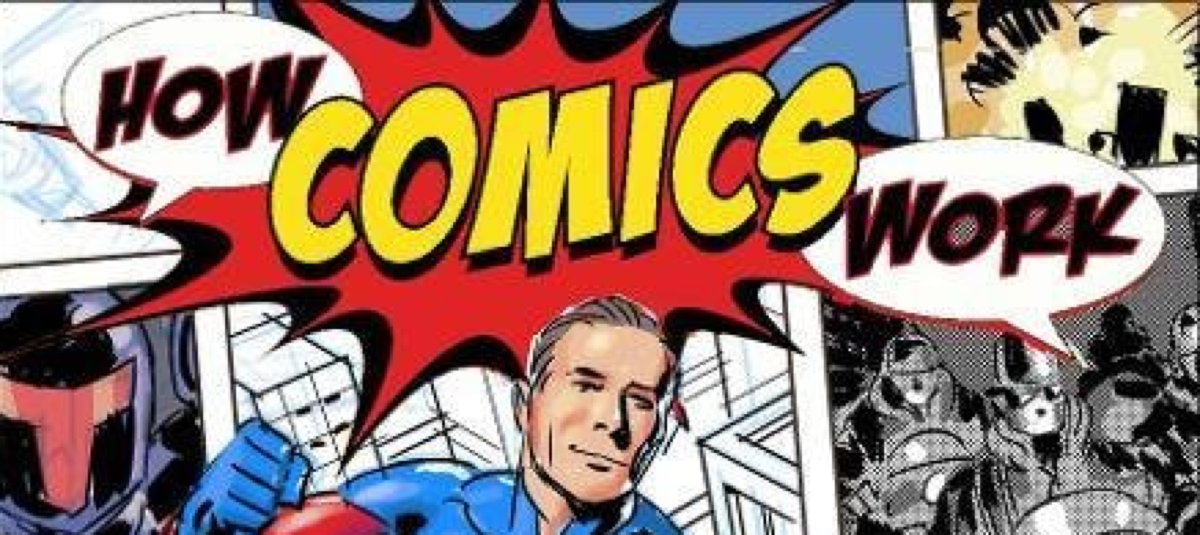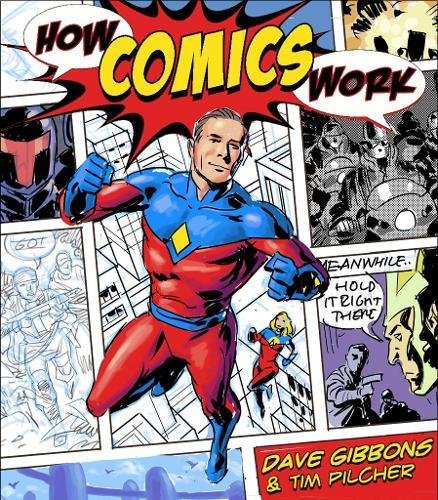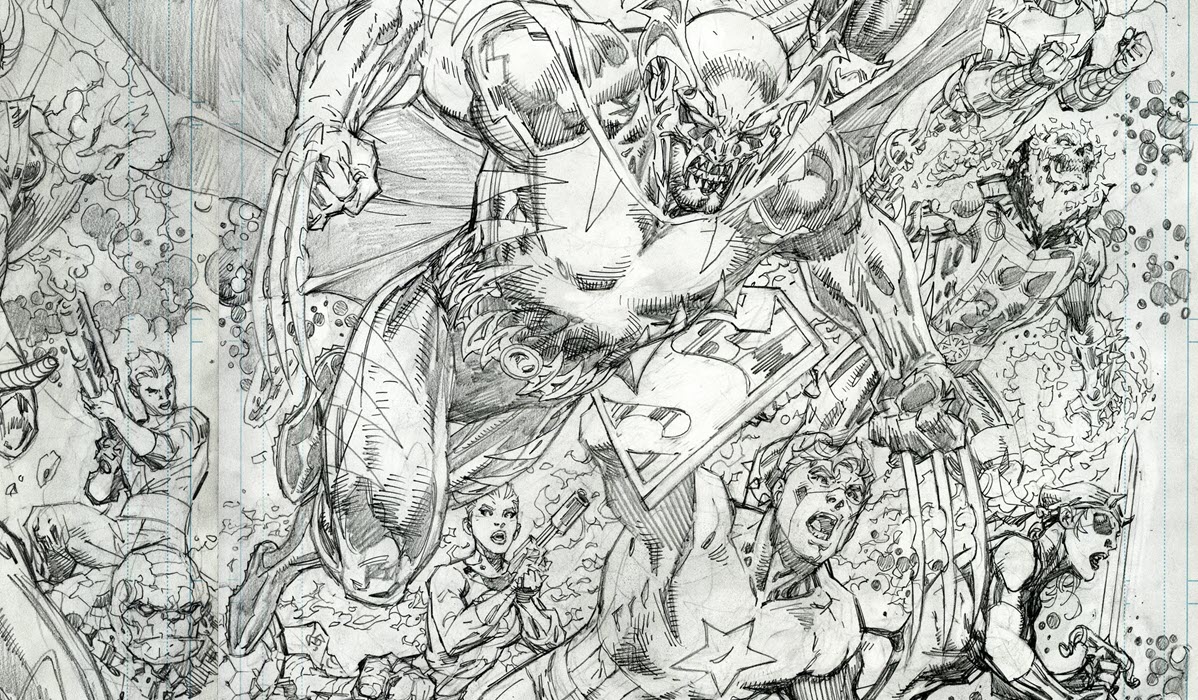Speaking of David Gibbons, the subject of the nine-panel grid was debated on Twitter the other day following a conversation spark from J.A. Micheline:
okay guys: what's the deal with the 9-panel grid. why is it good. what is the source of the hype.
— J. A. Micheline (@elevenafter) April 24, 2017
You can dig around on the chat that ensued at your leisure, but perhaps the most interesting was a response from Mr. 9 Panel Grid himself, Gibbons:
Actually, I chose the nine panel grid and sold it to Alan. Gave him great control & its restriction challenged me to compose more creatively
— Dave Gibbons (@davegibbons90) April 25, 2017
So there you have it! It was Gibbons himself who came up with the grid format for Watchmen, and Moore who decided to go pedal to the metal with his 10 pound scripts. Tire tread on burst stomach indeed.
While one thread that came out of the convo was questioning whether the 9-panel grid is hallowed for any reason besides its use in Watchmen, from where I sit, it’s useful because it sets the pace for readers. The most popular comics of all times in the US are comics strips, a rigid, concise format which allows for easy use of comic timing and presents no barriers of confusion for even non-visual readers.
Similarly in Watchmen, Moore and Gibbons were able to set up a comfortable framework for readers, and slight changes – or repetition – in layout or imagery easily conveyed meaning even if readers weren’t consciously aware of the technique. It’s most likely one of the reasons why Watchmen remains a gateway for even beginning comics readers.
As for Gibbons, I’m sure he’ll be explaining this and more in a tome called, not at all grandly, How Comics Work, written with Tim Pilcher and out this September (hm, also tying in with that Kingsman stuff we were just telling you about.) The book is published by Rotovision in the UK and Wellfleet Press here in the US. According to the blurb:
This “How It’s Done” series reveals insider hints, tips, and tricks from one of the world’s greatest comic creators in his own words. The artist behind juggernauts like Watchmen and The Green Lantern, Dave Gibbons is here to teach you scriptwriting, page layouts, lettering, cover designs, and more, and he’s doing it with scans of original artwork and rarely seen workings to illustrate his personal creative processes.
How Comics Work covers both Gibbons’ hand-drawn and digital design techniques in depth. An early adopter of computer design in comic creation, all his lettering is digital, and he even has his own ‘hand-lettered’ font. This is your chance to gain insight to Gibbons’ digital work, from his computer coloring and 3D modelling with Angus McKie on Give Me Liberty, to his work on The Originals using digital greytones. You’ll learn how he layers text for editing, creates effects such as flares and neon glows, and prepares artwork for print and online.










Giffen used the grid on legion during the 5YL era and that was certainly interesting. I believe he used it on Ambush Bug as well
I was just wondering this yesterday. With all the hype being sent the way of Batman 21, it made me curious has Marvel ever used the 9 panel grid much?
Harvey Kurtzman at EC had a particular way of using the nine-panel grid in which each 3-panel tier represented a complete action. If you see others use the grid, whether consciously or unconsciously, you can see the same dynamic at work.
It does set up a pace for the reader and, when the creators opt for something like a splash page or double-page spread, doing so has that much more of an effect.
In the recent Omega Men series, the nine-panel grid is used and the way the panel structure visually breaks down through the storytelling thematically reflects what is going on with the characters.
“has Marvel ever used the 9 panel grid much?”
Dave Gibbons, in a 1992 interview (along with Alan Moore) for the Canadian TV show PRISONERS OF GRAVITY (not the same as The Anti-Gravity Room, stop it right now), stated thae one of the inspirations for using the nine-panel grid came from the Spider-Man comics of Steve Ditko.
https://www.youtube.com/watch?v=Rxt3sSg1Vl4
https://www.youtube.com/watch?v=JUJvVQ2HM6Y
https://www.youtube.com/watch?v=KJqLVsPD7Js
https://www.youtube.com/user/Teddog3000/videos
Another aspect of the 9 panel grid that is important is that deviations from that grid become much more dramatic. The occasions where Gibbons used larger panels within his 9 panel format have more impact because they are much bigger than the vast majority of the panels in the rest of the story. The growing panel size in the classic “lifting the rubble” sequence in Amazing Spider-Man #33 is another example. Those panels would be less dramatic if large panels had been the established storytelling routine.
I’ll be scripting a 9-panel page, forthcoming, for my own webcomic. It was actually rather exciting when I realised the plot for the page broke down precisely into 9 panels.
The story is better total in this manner for my taste. Telegraphing of every slight motion can be distracting.
Comments are closed.